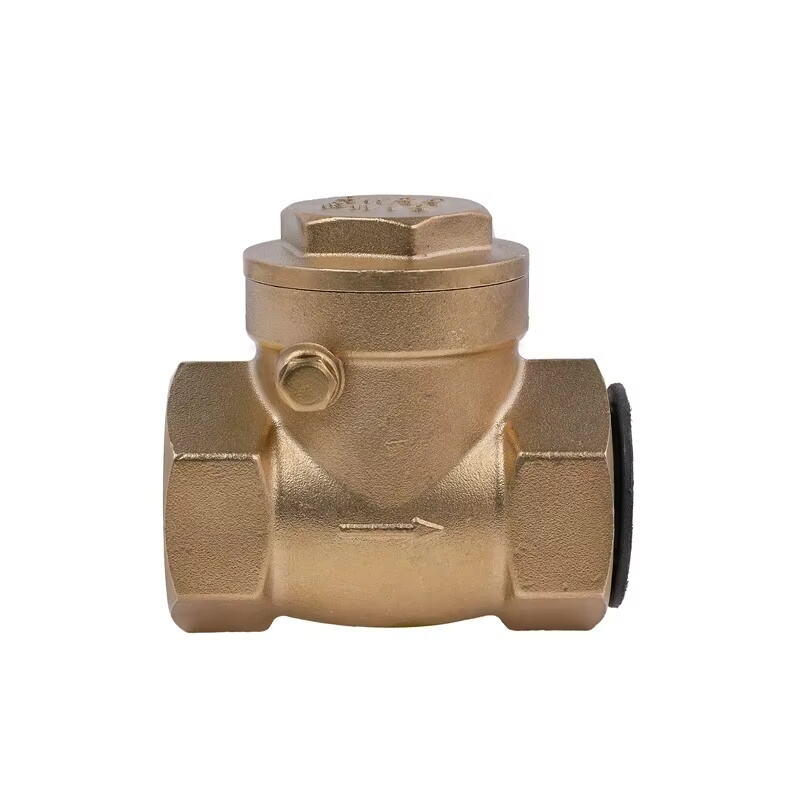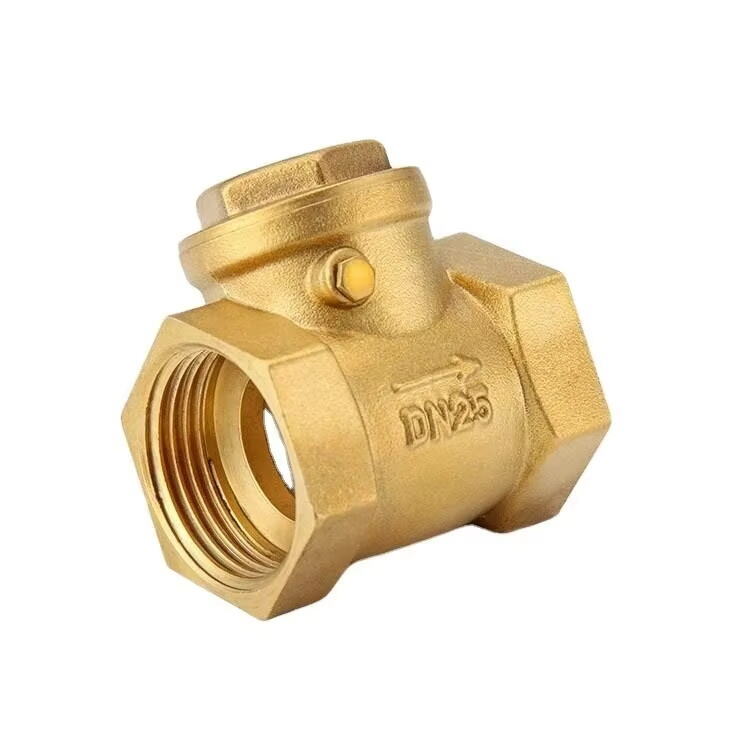Understanding Modern Fire Hydrant Systems and Their Critical Role
Fire hydrant installation represents one of the most crucial aspects of urban infrastructure and building safety systems. These essential water access points serve as the primary water source for firefighting operations, making their proper installation and maintenance paramount for public safety. From commercial districts to residential neighborhoods, fire hydrants form an intricate network that enables rapid emergency response and fire suppression capabilities.
The significance of proper fire hydrant installation extends beyond mere regulatory compliance. These vital components of our emergency response infrastructure must be meticulously planned, installed, and maintained to ensure they function flawlessly when needed most. Understanding the complexities and requirements of fire hydrant installation helps ensure optimal performance and reliability during critical situations.

Core Components and Installation Requirements
Essential Fire Hydrant Parts
A fire hydrant system consists of several critical components that must be properly assembled during installation. The main valve, barrel, operating nut, nozzles, and drain valve all work together to provide reliable water access. The hydrant body must be manufactured from high-quality materials capable of withstanding extreme pressures and harsh environmental conditions.
Underground components are equally important, including the lateral pipe connection, thrust blocks, and drainage system. These elements ensure proper water flow and system stability while preventing ground settlement issues that could compromise the hydrant's functionality.
Location and Spacing Guidelines
Proper placement of fire hydrants follows strict guidelines established by local fire departments and national safety standards. Typical requirements specify maximum distances between hydrants, usually ranging from 300 to 600 feet depending on the area's fire risk assessment and local regulations. Commercial zones often require closer spacing compared to residential areas.
Strategic positioning must account for accessibility during emergencies, considering factors such as proximity to buildings, street corners, and potential obstacles. Hydrants should be visible and easily accessible to fire crews, with adequate clearance for hose connection and operation.
Technical Specifications and Installation Process
Water Supply Requirements
Fire hydrant installation demands careful consideration of water supply capabilities. The system must deliver sufficient flow rates and pressure to support firefighting operations. Municipal water systems typically require minimum flow rates of 500-1500 gallons per minute, depending on the area's classification and risk assessment.
Pressure requirements typically range from 20 to 100 PSI during peak usage. Engineers must evaluate the local water infrastructure's capacity to ensure these specifications are consistently met, particularly in areas with multiple hydrants or high-demand scenarios.
Excavation and Assembly Procedures
The installation process begins with precise excavation to accommodate the hydrant assembly and associated components. Proper depth is crucial to prevent freezing in cold climates and ensure stability. The excavation must allow for appropriate drainage and the installation of thrust blocks to counter water pressure forces.
Assembly procedures follow manufacturer specifications and industry standards, including proper tightening of connections, alignment of components, and installation of auxiliary valves. Careful attention to detail during this phase prevents future maintenance issues and ensures reliable operation.
Safety Measures and Compliance Standards
Regulatory Requirements
Fire hydrant installation must comply with numerous regulations and standards, including NFPA guidelines, local building codes, and municipal requirements. These standards govern everything from component specifications to testing procedures and documentation requirements. Regular inspections during and after installation verify compliance with all applicable regulations.
Documentation of the installation process, including pressure tests, flow measurements, and final inspections, must be maintained for regulatory compliance. This documentation serves as proof of proper installation and provides valuable reference information for future maintenance.
Testing and Verification Protocols
Comprehensive testing follows installation to ensure proper functionality. This includes pressure testing of all connections, flow testing to verify water delivery capabilities, and operational checks of all mechanical components. Each test must be documented and meet specific performance criteria before the hydrant can be placed into service.
Additional verification steps include checking drainage efficiency, confirming proper valve operation, and ensuring all safety features function as designed. These tests help identify any issues requiring correction before the system becomes operational.
Maintenance and Long-term Considerations
Routine Inspection Requirements
Following fire hydrant installation, implementing a regular maintenance schedule is essential for long-term reliability. Periodic inspections should check for leaks, damage, and proper operation of all components. These inspections typically occur annually but may be more frequent in areas with harsh environmental conditions or high usage rates.
Maintenance procedures include lubrication of moving parts, cleaning of internal components, and verification of drainage systems. Regular maintenance extends the service life of the hydrant and ensures it remains ready for emergency use.
Environmental Protection Measures
Protection against environmental factors plays a crucial role in maintaining hydrant functionality. This includes measures to prevent freezing in cold climates, protection from vehicular damage, and safeguards against vandalism. Proper drainage and insulation techniques help prevent water accumulation and potential freeze damage.
Additional considerations include corrosion protection for underground components and measures to prevent contamination of the water supply. These protective measures significantly impact the hydrant's longevity and reliability.
Frequently Asked Questions
How long does a typical fire hydrant installation take to complete?
A standard fire hydrant installation typically requires 1-2 days for completion, depending on site conditions and complexity. This timeline includes excavation, assembly, connection to the water main, and initial testing. However, additional time may be needed for final inspections and documentation.
What is the average lifespan of a properly installed fire hydrant?
When properly installed and maintained, a fire hydrant can remain in service for 50-75 years. However, this lifespan depends heavily on factors such as usage frequency, environmental conditions, and adherence to maintenance schedules.
How often should new hydrants be tested after installation?
New hydrants should undergo initial testing immediately after installation and then be included in regular annual testing programs. Additional testing may be required after any repairs or modifications, or if operational issues are suspected.

